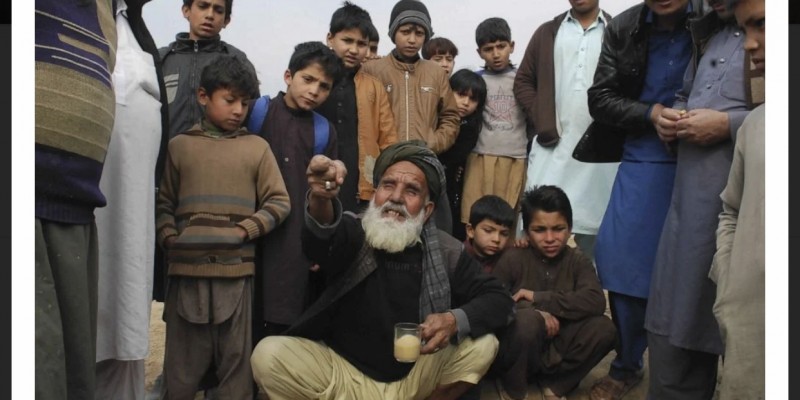
Community
 $0 raised of $10,000 goal
0.00%
$0 raised of $10,000 goal
0.00%
Help families in Afghanistan
by Wilson Daniel
Created Aug 21, 2021 |
Tanzania
- 0 Donations
- No deadline
- 0 Likes
Forty years of war, chronic poverty, climate change-driven natural disasters, and now COVID-19 are a deadly combination for people in Afghanistan. Even before the latest escalation in violence, half the population required humanitarian
The world cannot afford to turn its back on Afghanistan and Afghan lives at risk. Here’s a look at what Afghans need right now and what can be done to help. Protection from violence If the crisis in Afghanistan is left unaddressed, 2021 is on track to be the deadliest year for Afghan civilians in over a decade. Civilian deaths and injuries reached record levels in the first half of the year. Women and children are increasingly bearing the brunt of the violence and make up around half of all civilian casualties. Afghanistan has been the deadliest place for children for the past six years. What must be done to help World leaders must act. International pressure is urgently needed to protect civilians and enable aid workers to safely reach all those in need. Food, shelter and other aid for displaced Afghans There are over four million people in Afghanistan who are displaced by conflict or drought. This year alone, some 550,000 have been uprooted from their homes by fighting—and displacement numbers are soaring. Many fled to Kabul in hopes of safety and are living in makeshift camps on the outskirts of the capital. They are just some of the 18.4 million Afghans who require urgent support in a country where four decades of violent conflict have resulted in a state of chronic humanitarian need. On top of this, the COVID-19 pandemic has decimated the already-fragile economy, leaving more and more people at risk of relying solely on humanitarian aid for survival. What must be done to help Humanitarian organizations like the International Rescue Committee (IRC) are committed to remaining in Afghanistan and continuing to deliver aid to Afghans in crisis. It is vital world leaders do the same, as well as fill gaps in humanitarian funding. The United States in particular must lead the way in providing critical aid, as well as rally others to join the response. Donations from individuals, companies and foundations are critical to meet the needs of those affected by the crisis in Afghanistan. The IRC is appealing for much-needed funds to ensure our teams can continue to deliver lifesaving aid in conflict areas, as well as to provide emergency cash assistance and protection services for internally displaced people in Kabul. Donate now to help the IRC support Afghans in crisis. Visas and safe passage for U.S. allies Tens of thousands of Afghans who supported the U.S. in Afghanistan, such as translators and interpreters, will be left behind unless the Biden Administration acts swiftly. The Afghan Special Immigrant Visa (SIV) programcreated to protect these allies has been plagued by backlogs for more than a decade. The P2 visa is another option available to U.S.-affiliated Afghans, but applicants must travel to a third country to initiate processing—an impossible barrier for most. What must be done to help It is the responsibility of President Joe Biden and the State Department to do everything possible to facilitate a safe, orderly departure from Afghanistan for people affiliated with the U.S. The lives of countless Afghans depend on the U.S. government acting promptly to resume and rapidly scale up processing. This includes restarting relocations of SIV applicants to the U.S. as soon as possible and relocating people eligible for the P2 visa. The U.S. government should also call on other countries to help protect Afghans whose lives are at risk due to their involvement in the U.S. mission and offer them a chance to rebuild their lives. Refuge and resettlement in other countries If nothing is done to address the conflict in Afghanistan, we could see a major exodus of Afghans—the vast majority to neighboring countries. As external borders remain closed, many people will be forced to turn to dangerous and illegal routes out of the country, exposing themselves to exploitation and abuse, trafficking, forced recruitment by armed groups, and gender-based violence. Even before the recent escalation in violence, Afghanistan had produced the second-largest number of refugees in the world (after Syria). Many have spent decades in limbo in refugee camps and urban areas across the region. A smaller number of them have endured perilous journeys to seek safety and protection in Europe and other parts of the world, without knowing whether they will ultimately be reunited with family members or deported. What must be done to help A regional refugee response is needed to ensure neighboring states allow refugees and asylum seekers from Afghanistan to enter and seek protection. High-income countries and regions such as the U.S. or the European Union should also offer safe pathways for people to seek protection, to ensure that the responsibility to provide support does not sit solely on Afghanistan’s neighbors. The EU must also support access to fair asylum processes and protection in Europe for those who arrive—a small proportion of those in need. It must also suspend returns or deportations to Afghanistan, where the rapidly deteriorating security situation places people’s lives at risk. In addition, more Afghan refugees must be given a chance to resettle and rebuild their lives in a welcoming third country when their basic needs cannot be met in the places where they’ve sought shelter. For the U.S.’s part, the Biden Administration must fulfill its commitment to set an overall refugee admissions level of 125,000 for fiscal year 2022. It must also rebuild and modernize the refugee resettlement system dismantled by the previous administration to ensure safe, efficient and rapid processing of refugees’ cases. Ongoing protection for women and girls Hundreds of thousands of vulnerable Afghans and their families will remain in need of lifesaving aid and protection inside Afghanistan. The conflict is causing disproportionate harm to women and children. Seventy five percent of those in need in the country are women and girls. Without sufficient humanitarian aid Afghan families will be forced to resort to child labor and child marriage. In addition, gender-based violencetends to spike in times of crisis, and women face rising levels of domestic violence, abuse and exploitation. What must be done to help World leaders must fill the wide gap in aid funding so that women and children can receive protection and meet their essential needs. As of August 2021, the humanitarian response plan for Afghanistan is only 38% funded. That shortfall could mean that 1.2 million children will lose specialized protection services, making them more vulnerable to violence, recruitment, child labor, early and forced marriages, and sexual exploitation. And 1.4 million women—many of them survivors of violence—will be left without safe places to receive comprehensive support. How the IRC helps The IRC began responding in Afghanistan in 1988, and now works with thousands of villages across nine provinces, with Afghans making up more than 99% of IRC staff in the country. We support displaced families with shelter, clean water and sanitation, and other necessities. We provide cash assistance and help people find livelihood opportunities. And we create safe learning spaces and offer community-based education, among other support. The IRC has also resettled more than 16,000 Afghan SIV recipients since Congress established the program in 2006, helping to ensure that these families are given a chance to seek safety and rebuild their lives in the United States. Donate now to help the IRC support Afghans in crisis. The IRC is consistently awarded top marks by charity watchdog groups for our efficient use of donor contributions and the effectiveness of our work. See more reasons to give to the IRC.
The world cannot afford to turn its back on Afghanistan and Afghan lives at risk. Here’s a look at what Afghans need right now and what can be done to help. Protection from violence If the crisis in Afghanistan is left unaddressed, 2021 is on track to be the deadliest year for Afghan civilians in over a decade. Civilian deaths and injuries reached record levels in the first half of the year. Women and children are increasingly bearing the brunt of the violence and make up around half of all civilian casualties. Afghanistan has been the deadliest place for children for the past six years. What must be done to help World leaders must act. International pressure is urgently needed to protect civilians and enable aid workers to safely reach all those in need. Food, shelter and other aid for displaced Afghans There are over four million people in Afghanistan who are displaced by conflict or drought. This year alone, some 550,000 have been uprooted from their homes by fighting—and displacement numbers are soaring. Many fled to Kabul in hopes of safety and are living in makeshift camps on the outskirts of the capital. They are just some of the 18.4 million Afghans who require urgent support in a country where four decades of violent conflict have resulted in a state of chronic humanitarian need. On top of this, the COVID-19 pandemic has decimated the already-fragile economy, leaving more and more people at risk of relying solely on humanitarian aid for survival. What must be done to help Humanitarian organizations like the International Rescue Committee (IRC) are committed to remaining in Afghanistan and continuing to deliver aid to Afghans in crisis. It is vital world leaders do the same, as well as fill gaps in humanitarian funding. The United States in particular must lead the way in providing critical aid, as well as rally others to join the response. Donations from individuals, companies and foundations are critical to meet the needs of those affected by the crisis in Afghanistan. The IRC is appealing for much-needed funds to ensure our teams can continue to deliver lifesaving aid in conflict areas, as well as to provide emergency cash assistance and protection services for internally displaced people in Kabul. Donate now to help the IRC support Afghans in crisis. Visas and safe passage for U.S. allies Tens of thousands of Afghans who supported the U.S. in Afghanistan, such as translators and interpreters, will be left behind unless the Biden Administration acts swiftly. The Afghan Special Immigrant Visa (SIV) programcreated to protect these allies has been plagued by backlogs for more than a decade. The P2 visa is another option available to U.S.-affiliated Afghans, but applicants must travel to a third country to initiate processing—an impossible barrier for most. What must be done to help It is the responsibility of President Joe Biden and the State Department to do everything possible to facilitate a safe, orderly departure from Afghanistan for people affiliated with the U.S. The lives of countless Afghans depend on the U.S. government acting promptly to resume and rapidly scale up processing. This includes restarting relocations of SIV applicants to the U.S. as soon as possible and relocating people eligible for the P2 visa. The U.S. government should also call on other countries to help protect Afghans whose lives are at risk due to their involvement in the U.S. mission and offer them a chance to rebuild their lives. Refuge and resettlement in other countries If nothing is done to address the conflict in Afghanistan, we could see a major exodus of Afghans—the vast majority to neighboring countries. As external borders remain closed, many people will be forced to turn to dangerous and illegal routes out of the country, exposing themselves to exploitation and abuse, trafficking, forced recruitment by armed groups, and gender-based violence. Even before the recent escalation in violence, Afghanistan had produced the second-largest number of refugees in the world (after Syria). Many have spent decades in limbo in refugee camps and urban areas across the region. A smaller number of them have endured perilous journeys to seek safety and protection in Europe and other parts of the world, without knowing whether they will ultimately be reunited with family members or deported. What must be done to help A regional refugee response is needed to ensure neighboring states allow refugees and asylum seekers from Afghanistan to enter and seek protection. High-income countries and regions such as the U.S. or the European Union should also offer safe pathways for people to seek protection, to ensure that the responsibility to provide support does not sit solely on Afghanistan’s neighbors. The EU must also support access to fair asylum processes and protection in Europe for those who arrive—a small proportion of those in need. It must also suspend returns or deportations to Afghanistan, where the rapidly deteriorating security situation places people’s lives at risk. In addition, more Afghan refugees must be given a chance to resettle and rebuild their lives in a welcoming third country when their basic needs cannot be met in the places where they’ve sought shelter. For the U.S.’s part, the Biden Administration must fulfill its commitment to set an overall refugee admissions level of 125,000 for fiscal year 2022. It must also rebuild and modernize the refugee resettlement system dismantled by the previous administration to ensure safe, efficient and rapid processing of refugees’ cases. Ongoing protection for women and girls Hundreds of thousands of vulnerable Afghans and their families will remain in need of lifesaving aid and protection inside Afghanistan. The conflict is causing disproportionate harm to women and children. Seventy five percent of those in need in the country are women and girls. Without sufficient humanitarian aid Afghan families will be forced to resort to child labor and child marriage. In addition, gender-based violencetends to spike in times of crisis, and women face rising levels of domestic violence, abuse and exploitation. What must be done to help World leaders must fill the wide gap in aid funding so that women and children can receive protection and meet their essential needs. As of August 2021, the humanitarian response plan for Afghanistan is only 38% funded. That shortfall could mean that 1.2 million children will lose specialized protection services, making them more vulnerable to violence, recruitment, child labor, early and forced marriages, and sexual exploitation. And 1.4 million women—many of them survivors of violence—will be left without safe places to receive comprehensive support. How the IRC helps The IRC began responding in Afghanistan in 1988, and now works with thousands of villages across nine provinces, with Afghans making up more than 99% of IRC staff in the country. We support displaced families with shelter, clean water and sanitation, and other necessities. We provide cash assistance and help people find livelihood opportunities. And we create safe learning spaces and offer community-based education, among other support. The IRC has also resettled more than 16,000 Afghan SIV recipients since Congress established the program in 2006, helping to ensure that these families are given a chance to seek safety and rebuild their lives in the United States. Donate now to help the IRC support Afghans in crisis. The IRC is consistently awarded top marks by charity watchdog groups for our efficient use of donor contributions and the effectiveness of our work. See more reasons to give to the IRC.



Trending Campaign
Top Trending Campaigns

Memorial
 by Justin Harnish
No deadline
by Justin Harnish
No deadline
Henry Memorial Fund
As many of you know by now, we tragically lost an amazing man in our community N...
$58,255
116.51%
raised of $50,000
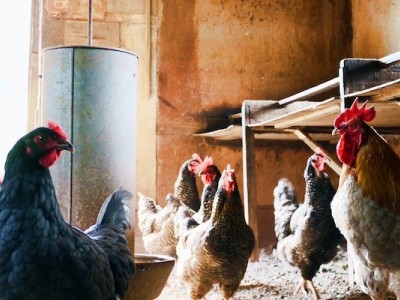
Animal
 by Derek Knox
No deadline
by Derek Knox
No deadline
Help Our Farm During the Covid-19 Crisis
Help Our Farm During the Covid-19 Crisis
$57,785
288.93%
raised of $20,000
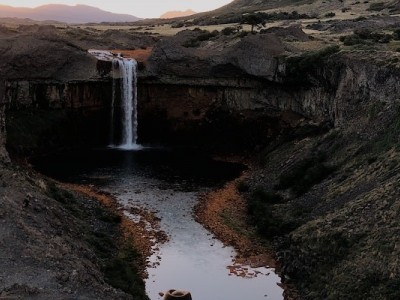
Medical
 by Justin Harnish
No deadline
by Justin Harnish
No deadline
Support Smith Champion's Medical Recovery
On March 4th, Smith was on his way back home from work, riding his motorcycle wh...
$57,455
114.91%
raised of $50,000
Featured Campaigns
Campaigns selected by our team

Animal
 by Chris Poole
No deadline
by Chris Poole
No deadline
Horse Farm Needed Funds
Horses farm needed funds. Please help us. Thank you
$52,890
105.78%
raised of $50,000

Animal
 by Lachlan Bailey
No deadline
by Lachlan Bailey
No deadline
Support Wildlife
We need urgent funds for wildlife.
$53,290
53.29%
raised of $100,000
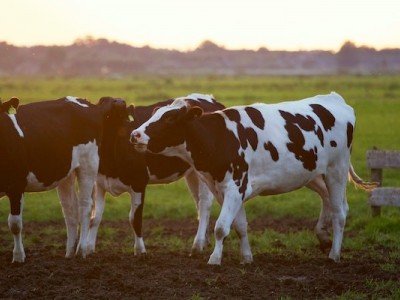
Animal
 by Christian Frank
No deadline
by Christian Frank
No deadline
Help Feed the Animals During Lockdown
Help Feed the Animals During Lockdown
$52,665
1053.30%
raised of $5,000
Related Campaigns
Take a look at other campaigns in the same category.
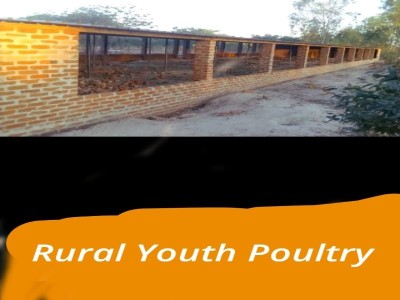
Community
 by Denis Tambandini
No deadline
by Denis Tambandini
No deadline
Disadvantaged Rural Youth Poultry
Disadvantaged Rural Youth Poultry is a program aimed at self-sustainability, pov...
$0
0.00%
raised of $9,500
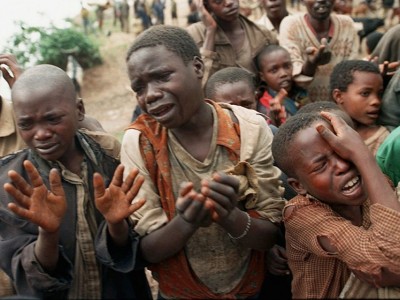
Community
 by Collins Olowo
No deadline
by Collins Olowo
No deadline
Save the Bududda Children.
Save the orphan children of Bududda district in Uganda who are dyimg of hunger ....
$0
0.00%
raised of $15,000

Community
 by Bors Robert
No deadline
by Bors Robert
No deadline
Help me go pro
Hello there,I am Robert im from ROMANIA Im 27years old I have an amazing familly...
$0
0.00%
raised of $2,500